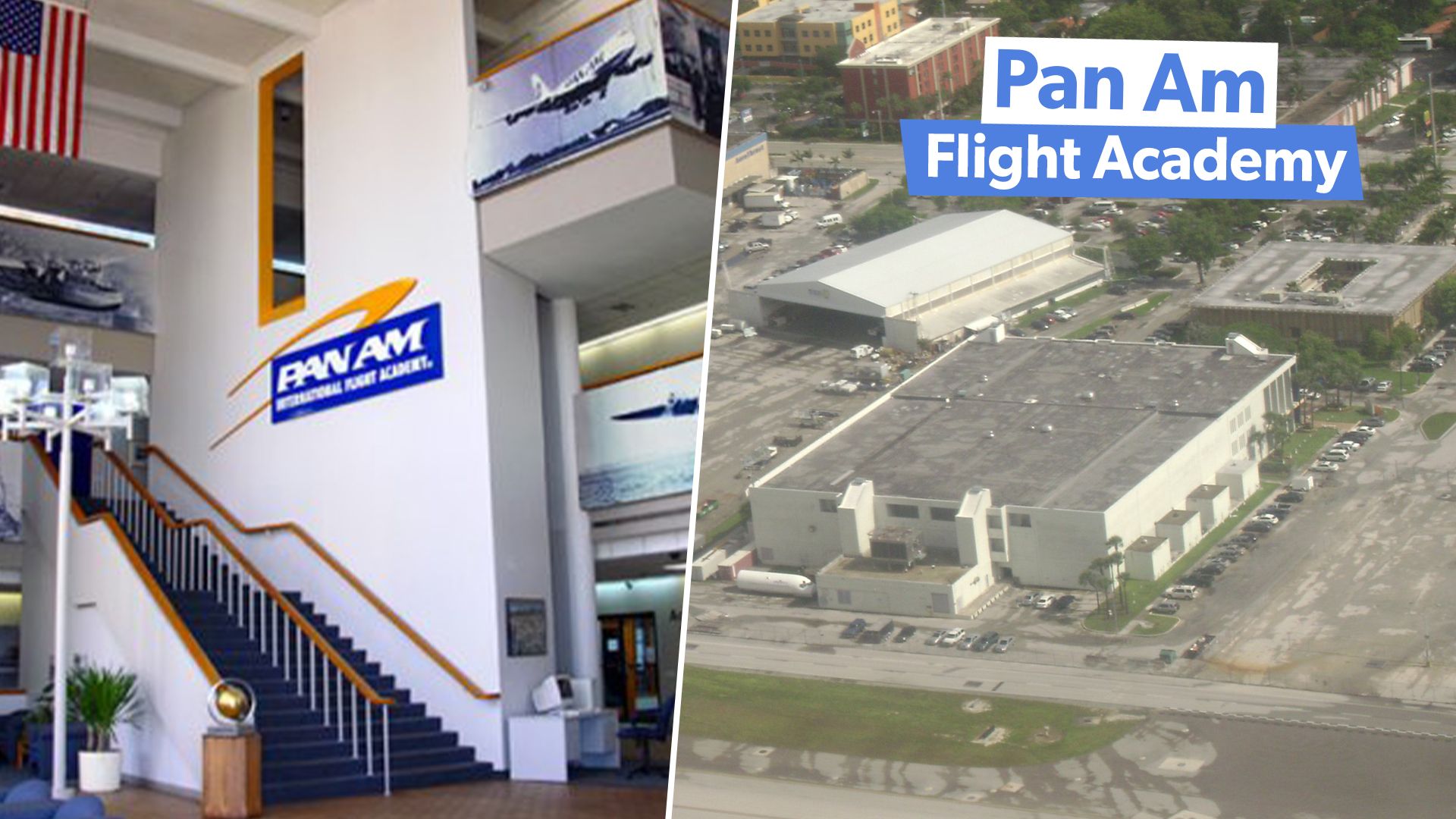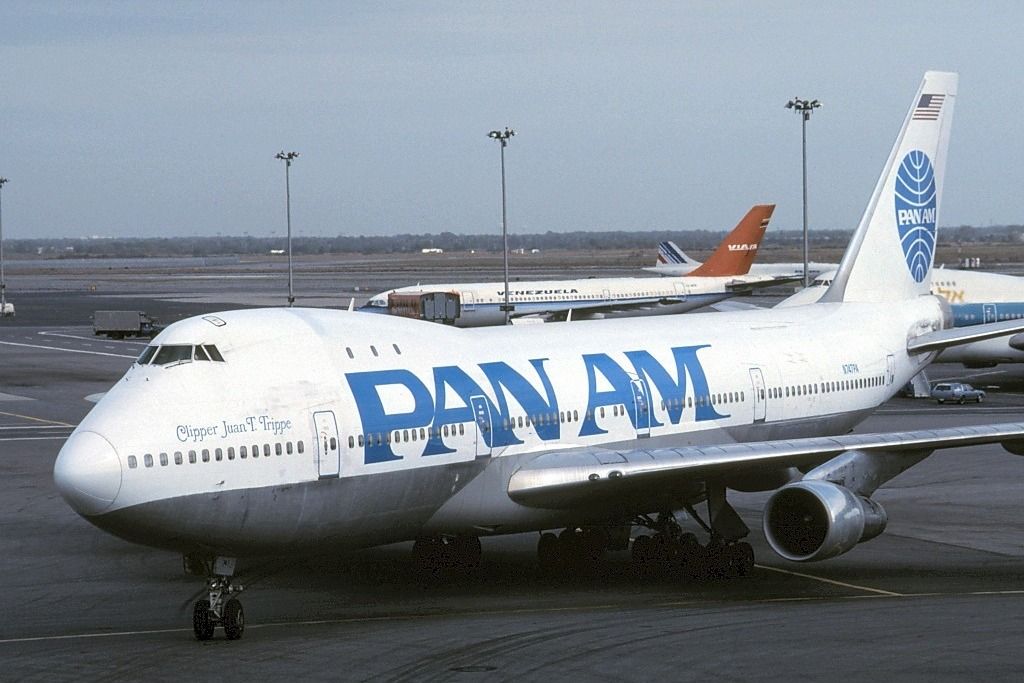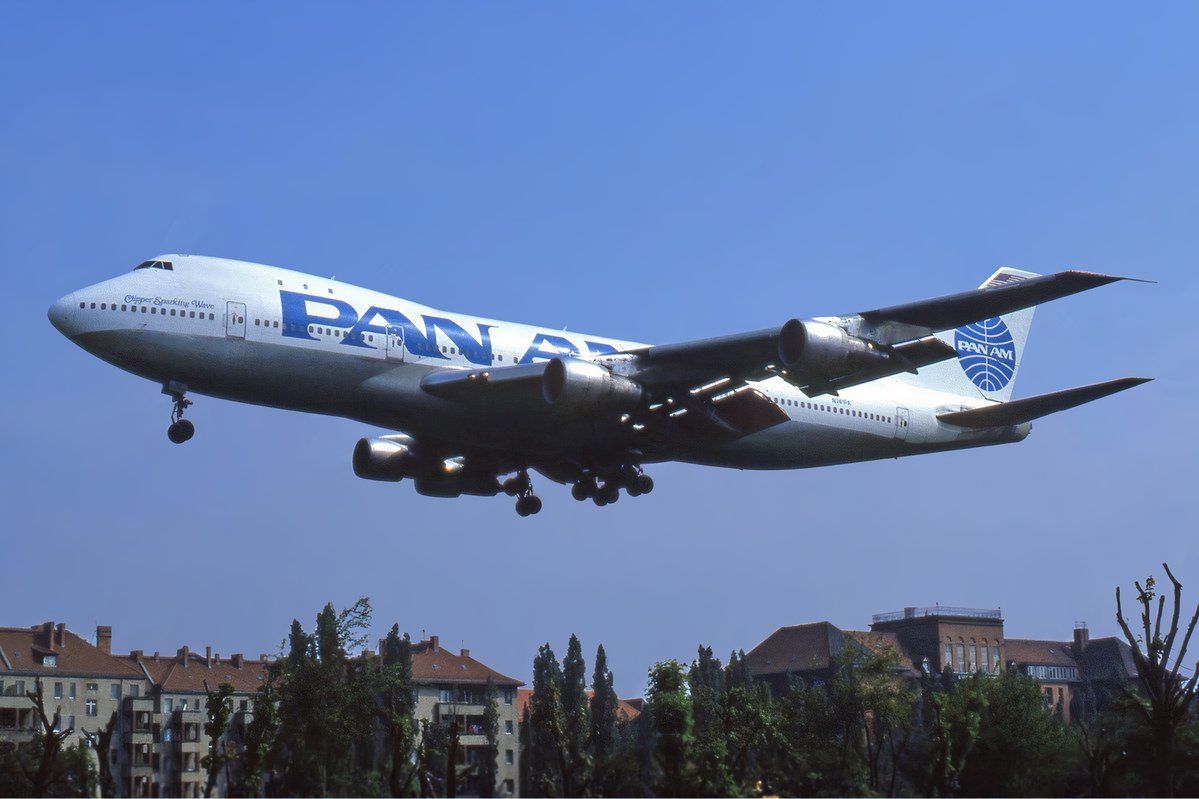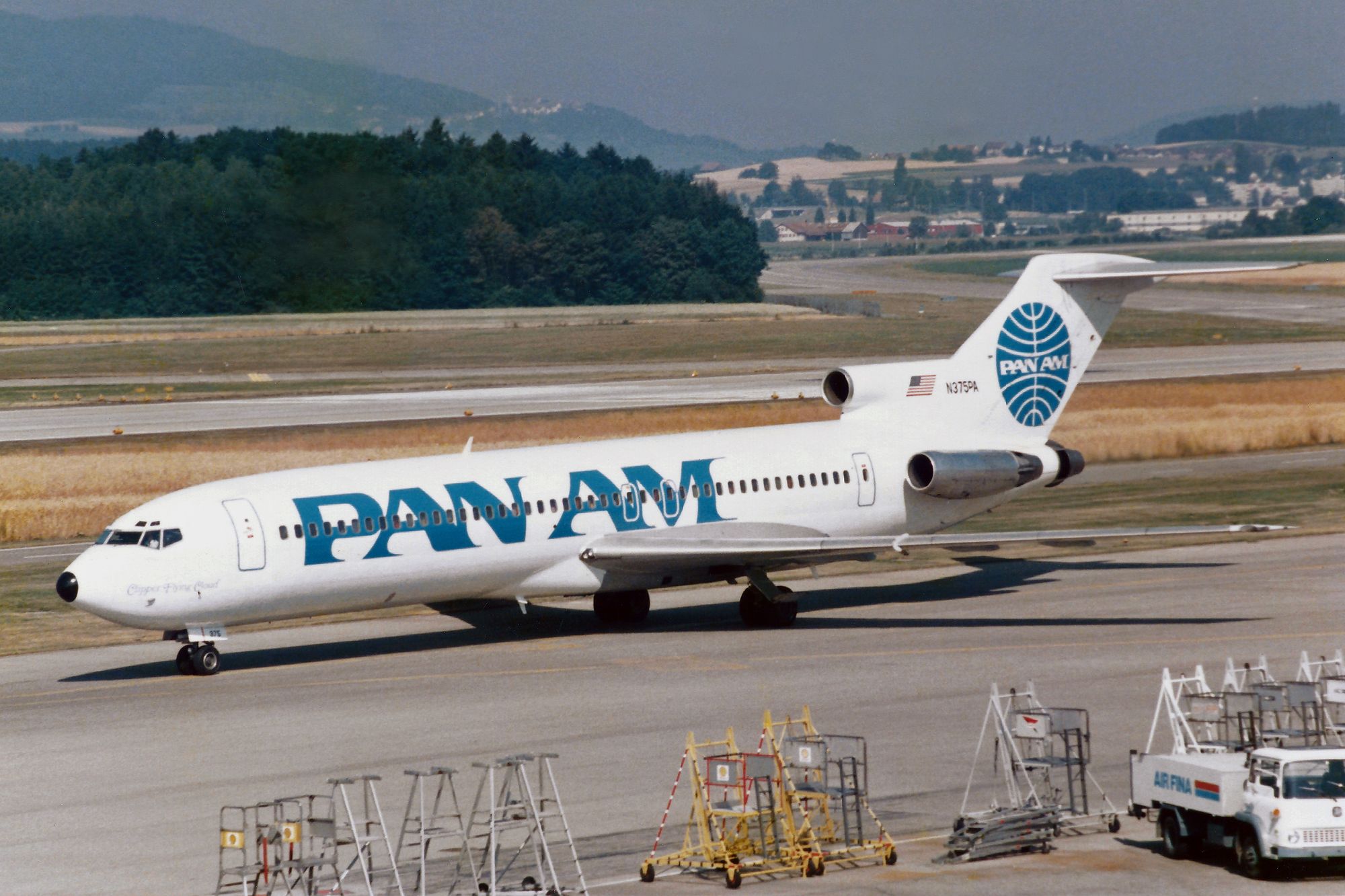In the gleaming corridors of a modern training center in Miami, the iconic Pan Am
globe logo still gets attention. This timeless icon, previously linked to luxury air travel and global connectivity, represents more than just aviation history. The Pan American Flight Academy, the final operating section of Pan American World Airways, has survived and is still influencing aviation training today.
Pan Am Flight Academy is more than just a reminder of the golden age of air travel; it is also a cutting-edge training facility dedicated to providing today’s pilots with the abilities required for modern commercial aviation. The academy, which began as an in-house training section for Pan Am pilots, is now an independent operation, hosting a fleet of advanced flight simulators and offering an array of training programs.
A look back: Pan Am’s rise and global influence
Pan American World Airlines
was founded in 1927 and quickly grew to become a global pioneer in commercial aviation, setting standards for long-haul international flights and becoming the first airline to cross the Pacific and Atlantic Oceans.
Here’s a simplified timeline of Pan American World Airways:
- 1927: Pan Am was founded by Juan Trippe, beginning as a mail carrier between Florida and Cuba. It became the first U.S. airline to operate international routes.
- 1935: Pan Am operated the first commercial trans-Pacific flight with the China Clipper, connecting North America to Asia.
- 1947: Pan Am launched the first round-the-world passenger service, solidifying its global presence.
- 1958: Pan Am became the first airline to fly jets across the Atlantic, using the Boeing 707, which halves travel time to Europe.
- 1970: Pan Am began 747 jumbo jet flights between New York and London, ushering in an era of affordable international travel.
- 1978: Deregulation of the airline industry increased competition, challenging Pan Am’s dominance.
- 1980: Pan Am started the Pan Am Flight Academy to train pilots and crew, a division that remains active today.
- 1991: Pan Am filed for bankruptcy and ceases operations on December 4. Delta bought some of Pan Am’s assets, but the airline’s era officially ends.
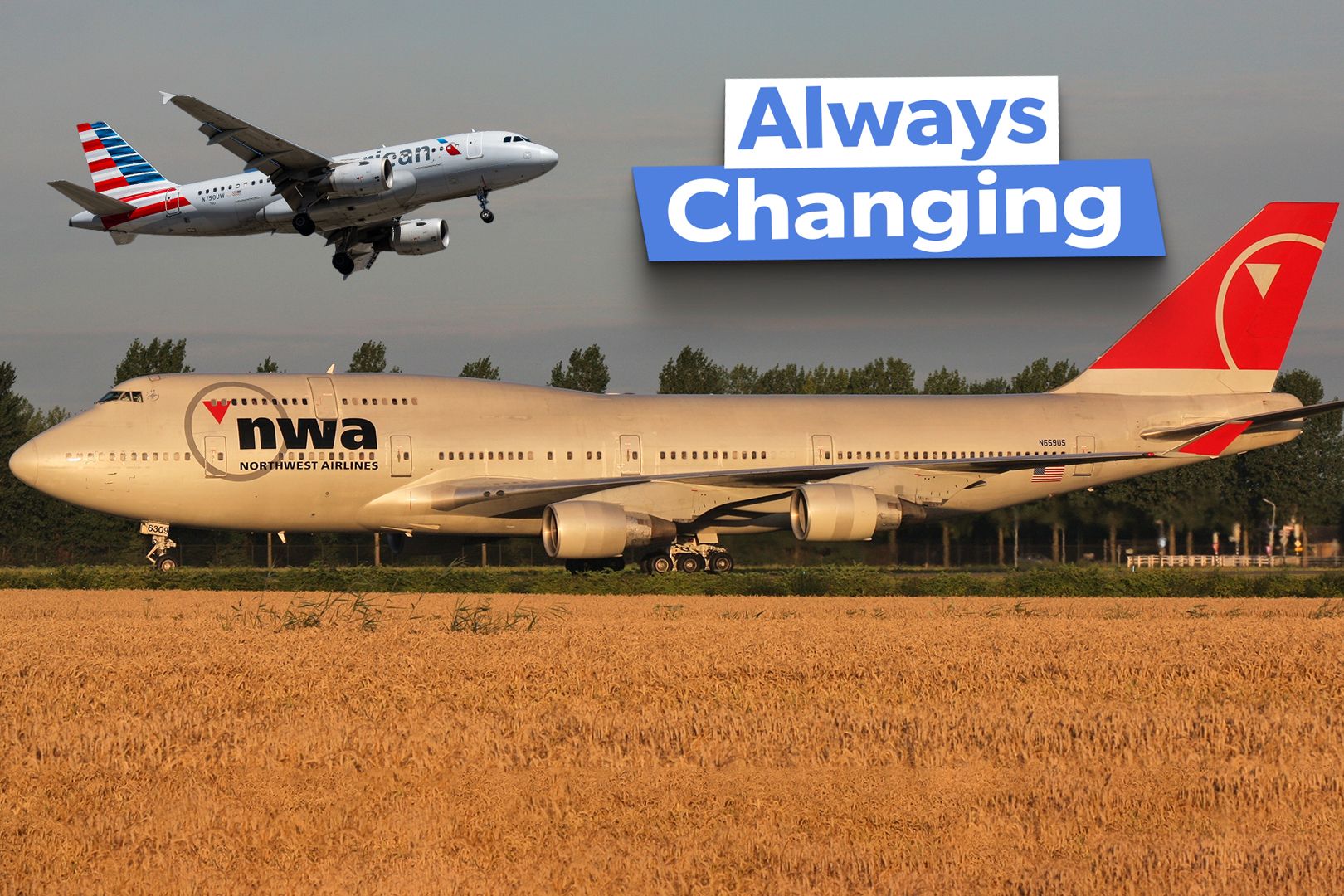
Related
An Industry In Flux: How & Why Has Commercial Aviation In The US Evolved Over The Years?
From small, mail-carrying flights, to today’s advanced airplanes and bustling airports.
Known for its luxurious services and ambitious global routes, Pan Am was, at one point, synonymous with international travel. Pan Am’s influence extended far beyond routes and aircraft. However, due to a combination of financial struggles, regulatory changes, and competition, the airline ceased operations in 1991, leaving a significant gap in the aviation world.
In July, Pan American World Airways announced the first of a series of themed journeys under new ownership, ushering in an exciting new era for the airline.
Pan Am Flight Academy: When aviation heritage meets innovation
Since its inception, Pan Am has been a pioneer in aviation training. The airline established its first training division in 1942, initially focusing on military contract training during World War II. This commitment to excellence led to the founding of the Pan Am Flight Academy in 1980, which brought together decades of expertise in one comprehensive program.
Over the years, the Academy has continued to evolve, expanding its offerings while remaining true to its core values. Today, it serves a global clientele and is well-regarded in the aviation industry for its extensive training programs.
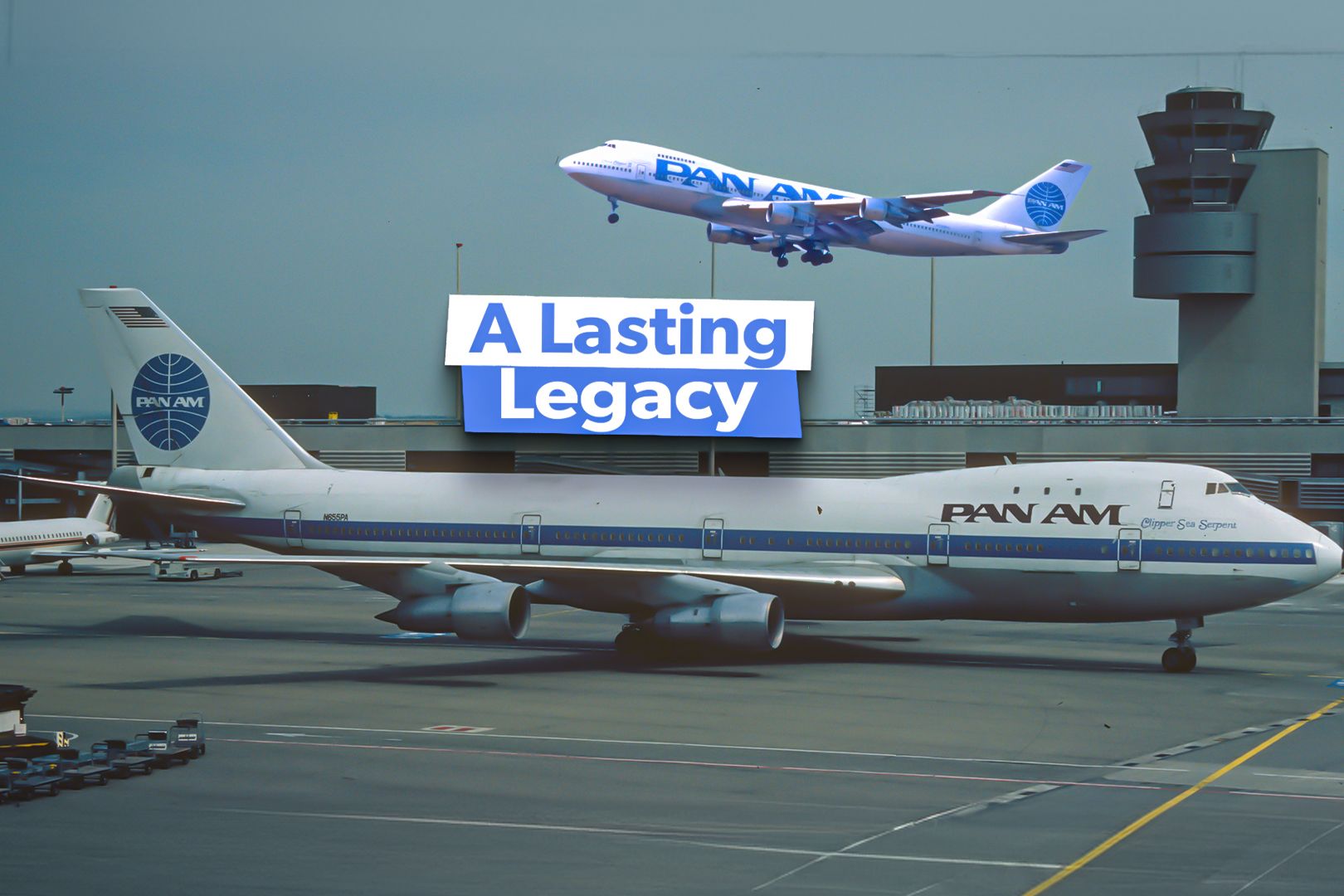
Related
History: Remembering Pan Am’s Close Relationship With The Boeing 747
The Boeing 747 was key to Pan Am’s global success in the 1970s and 80s.
Cutting-edge simulators keep legacy alive
The Pan Am Flight Academy recently expanded its training resources by installing a cutting-edge Airbus A330
Full Flight Simulator at its Axis Park training location in Hialeah, Miami. The inclusion is crucial because it connects the academy with current industry expectations and allows it to serve a larger range of airline clients. As international air travel continues to grow, particularly on wide-body aircraft like the A330, demand for qualified pilots has surged, making the A330 simulator a timely and strategic investment.
Photo: Pan Am Flight Academy
This A330 Full Flight Simulator represents a $15 million investment in the future. The Level D simulator, the highest qualification level for flight simulators, replicates the Airbus A330 with exceptional realism. The simulator meets Airbus Standard 2.4 criteria and comes with engine choices such as the Rolls Royce Trent, General Electric CF6-80, and Pratt & Whitney PW4000, allowing pilots to train in situations that closely resemble real-world operations.
Jeff Portanova, President of Pan Am Flight Academy, said that the Academy continuously invests in technology to address the evolving needs of the aviation community.
“The addition of this A330 simulator underscores our commitment to providing world-class training solutions that prepare pilots for the complexities of modern aviation. This expansion allows us to better serve our global customer base, offering the flexibility and advanced tools that today’s aviation professionals demand,” he said.
Photo: Pan Am Flight Academy
This new A330 Level D simulator joins Pan Am’s existing Airbus A320
simulator, increasing the total number of simulators at the Miami Axis Park site to 10, and 23 at all Pan Am locations worldwide.
What does Pan Am Academy offer?
According to the Pan Am Academy website, it offers simulators for the following aircraft:
- Airbus A330
- Airbus A320
- Boeing 737-200
- Boeing B737-300/400/500 Classic
- Boeing 737-MAX
- Boeing 737-NG
- Boeing 747-200
- Boeing 747-400
- Boeing 757-200
- Boeing 767
- Boeing 777
- Saab 340
Photo: Pan Am Flight Academy
Pan Am maintains its position as a leader in pilot training and simulator leasing since it is one of the few independent aviation training businesses with such a large fleet of simulators. In addition, the academy also provides ATP-CTP pilot training, FAA license conversion, cockpit and cabin crew emergency training, and even aircraft maintenance, according to its website.
While Pan Am flights no longer crisscross the globe, the academy’s dedication to excellence ensures that its name and values are far from forgotten.

